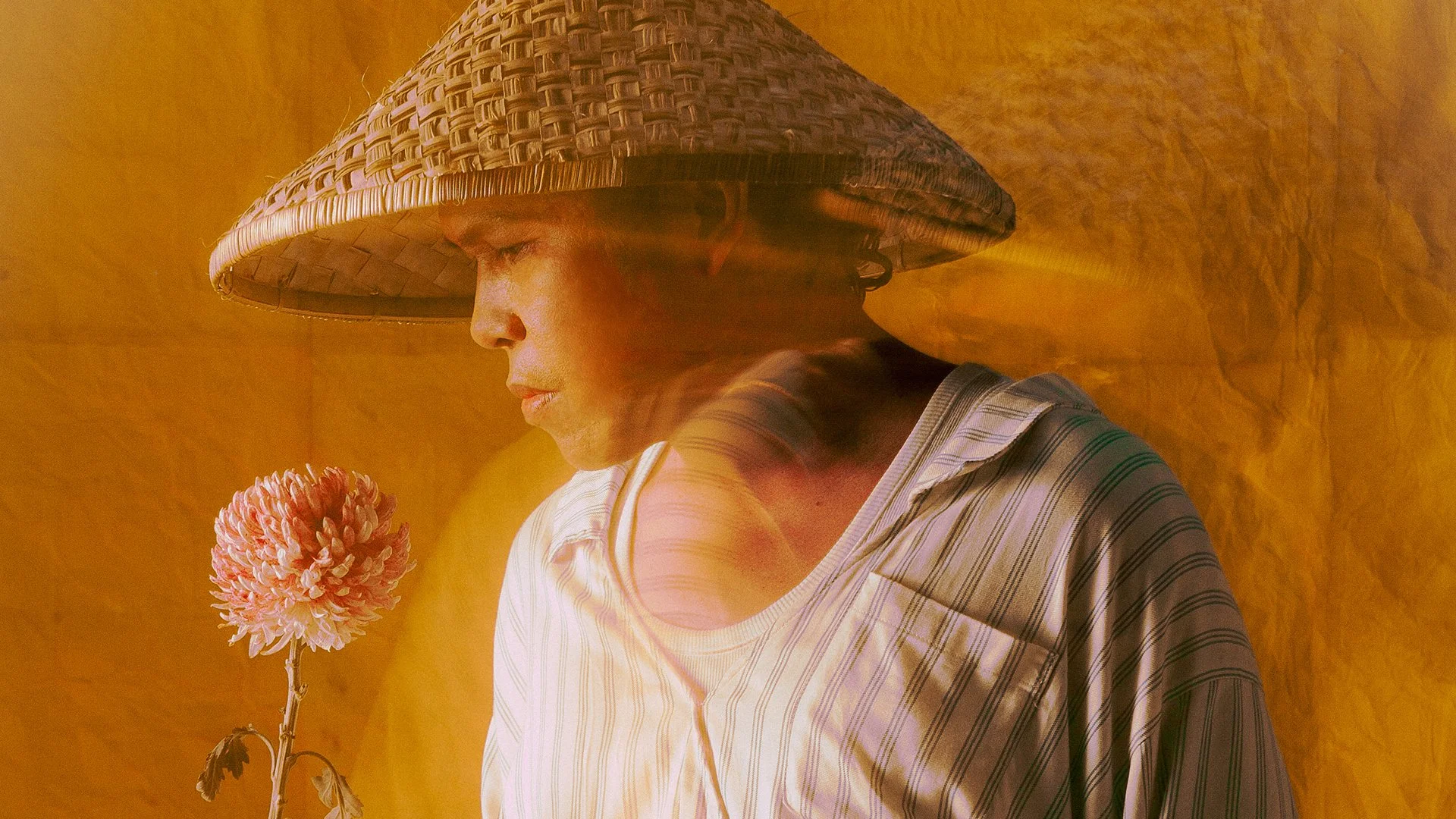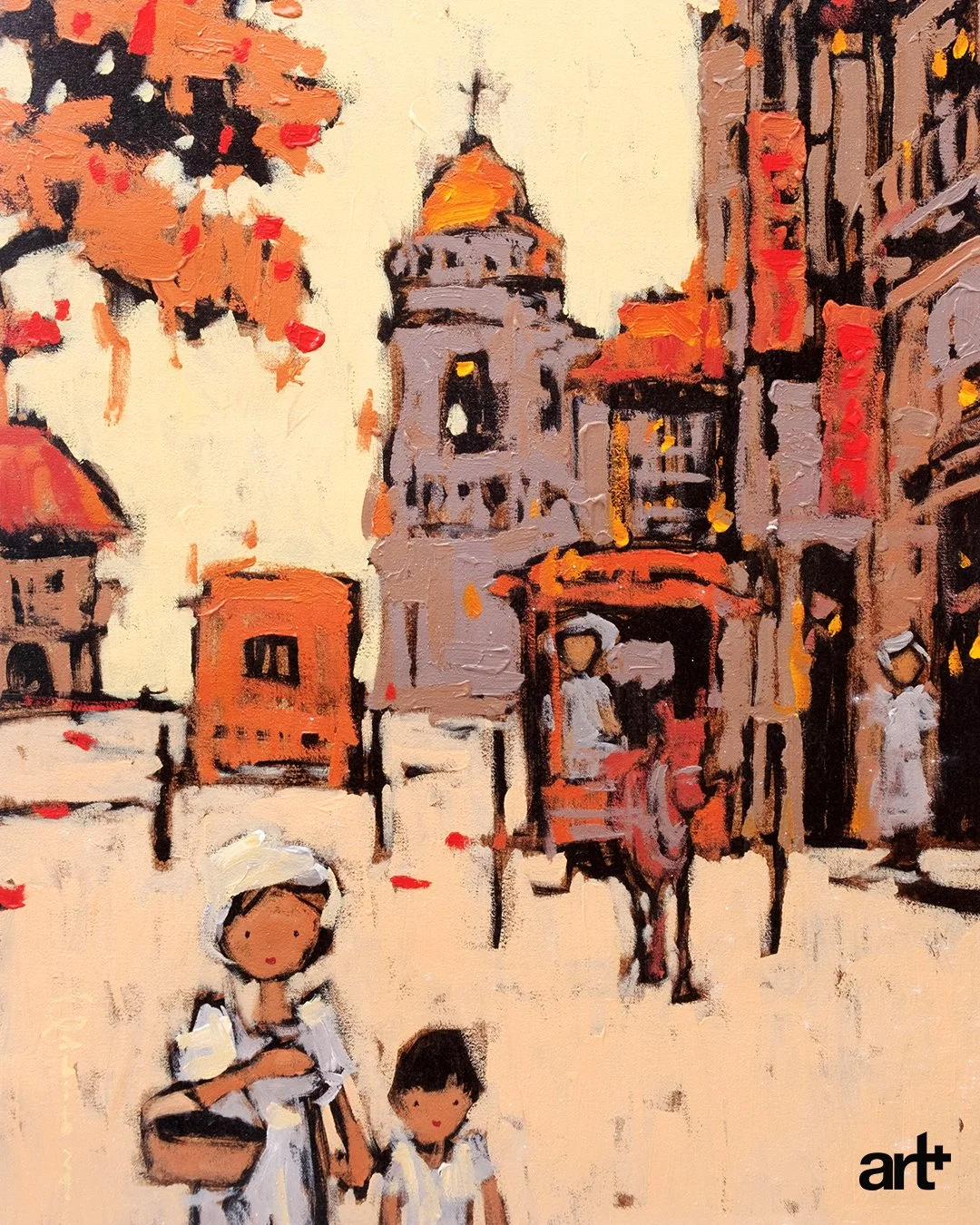Walking the Peaceful Streets: The Timeless Art of James Gabito
James Gabito’s art evokes a nostalgia for Old Manila and the cultural ties that connect across generations.
Words Mara Fabella
Photography of Jovel Lorenzo
February 21, 2025
What does it mean to be timeless? What does it mean to have a piece of clothing, a song, a building, or a work of art whose beauty transcends generations? Is timelessness a matter of outlasting trends, or is it something that weaves deeper into the fabrics of our culture?
In today’s ever-evolving landscape for the arts, these are questions to ponder when we look at paintings of the likes of James Gabito. Through Gabito’s works, the visual traditions of Old Manila are reimagined. He paints the spacious, serene streets of a bygone Manila. Calesas roam while men and women in traditional garments peacefully go about their day. They’re idyllic scenes, while also being snapshots that distill aspects of Philippine culture. One might call Gabito’s art, like Old Manila itself, truly timeless. Yet what is it that makes culture endure? And pressingly so, why do we have to keep these visual traditions alive?
James Gabito is an artist based in Baguio. Having always had a passion for the arts, he thrived within the city’s growing community of young artists. He began painting in high school, and despite the lack of more formal arts programs in Baguio at the time, went on to pursue a certificate program in the fine arts. He cites the influence poster-making and student art competitions had on his development as a young artist. These helped push him to try to think and create in unique ways to stand out. He became a finalist in the 2015 Metrobank MADE Competition and earned an honorable mention at the GSIS National Art Competition the same year.
Gabito’s work brought him under the radar of national artist BenCab. Known for supporting the young artist communities around Baguio, such as in the artist’s village of Tam-Awan, BenCab helped Gabito grow his network, eventually bringing him and his peers to Korea for an artist residency where he had his first international group show. It was here Gabito observed the way culture is appreciated across country borders. Even upon returning to the Philippines, he found the craze for foreign trends and culture to overwhelm our own. “Our culture becomes overshadowed,” the artist muses in the vernacular. Gabito set to work exploring and developing his art, going through different evolutions of figurative painting as he interpreted folk iconography. He began exhibiting locally with Art Underground. The artist went on to connect with Galerie Joaquin, where he actively exhibits today.





